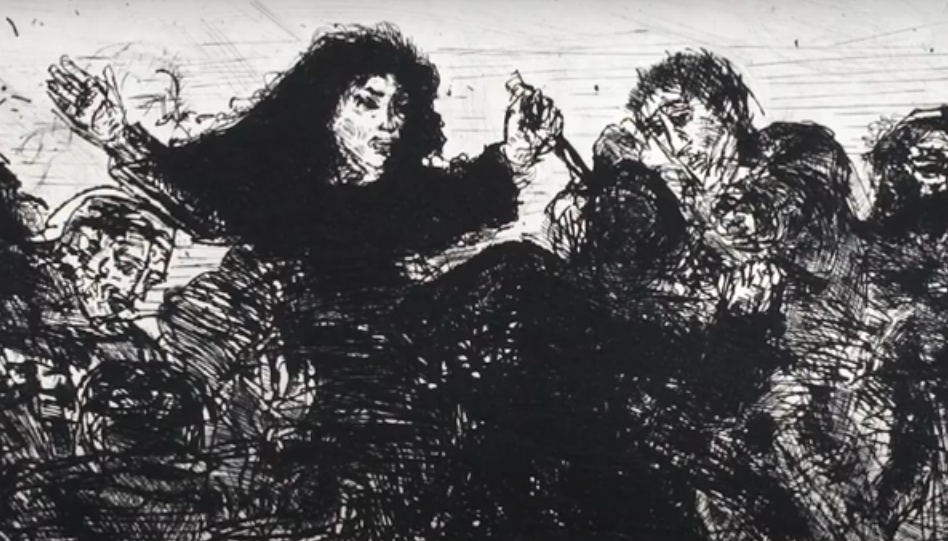Imprisoned in the Białystok ghetto during World War II, Jewish artists copied the most famous master painters such as Titian, Rubens, Rembrandt and Murillo. The Germans drove the paintings out of the ghetto in trucks every few days, first to the palace in Dojlidy, then to Germany. Out of the twenty most gifted imprisoned Jews, only one survived – Isaac Celnikier. Now the history of copyists from the Białystok ghetto is presented on the new website of the Sleńdzińskis Gallery.
After the outbreak of the war, in September 1939, many refugees from all over Poland arrived in Białystok. The city, with a population of about 100,000 just before the Second World War, doubled it to over 200,000 people including about 140,000 Jews together with many artists: twin brothers Efraim and Menashe Seidenbeutl, Natalia Landau, Stanisława Centnerszwerowa, Adolf Behrman, Chaim Tyber, Abraham Hirsz Frydman and Tobiasz Haber, and many others, including the 16-year-old Izaak Celnikier, later a world-famous painter and graphic artist, who devoted the lion’s share of his work to the experiences of the Białystok ghetto. One of his graphics illustrates the text.
Monika Marciniak from the Sleńdzińskis Gallery emphasizes that Celnikier’s story sounds like a film plot. “It is an extraordinary thing, it shows that in the tragic world, in the ghetto, in the world of extermination, the Holocaust, there was such a small enclave, a copyists’ workshop, where people lived and created with passion.”
Now the Białystok Gallery has launched a special platform: The Copyists (https://kopisci.org.pl/en/) on the Internet in Polish and English, which is the result of many years of research on the history of the secret workshop of copyists from the ghetto.
Adrian Andrzejewski





